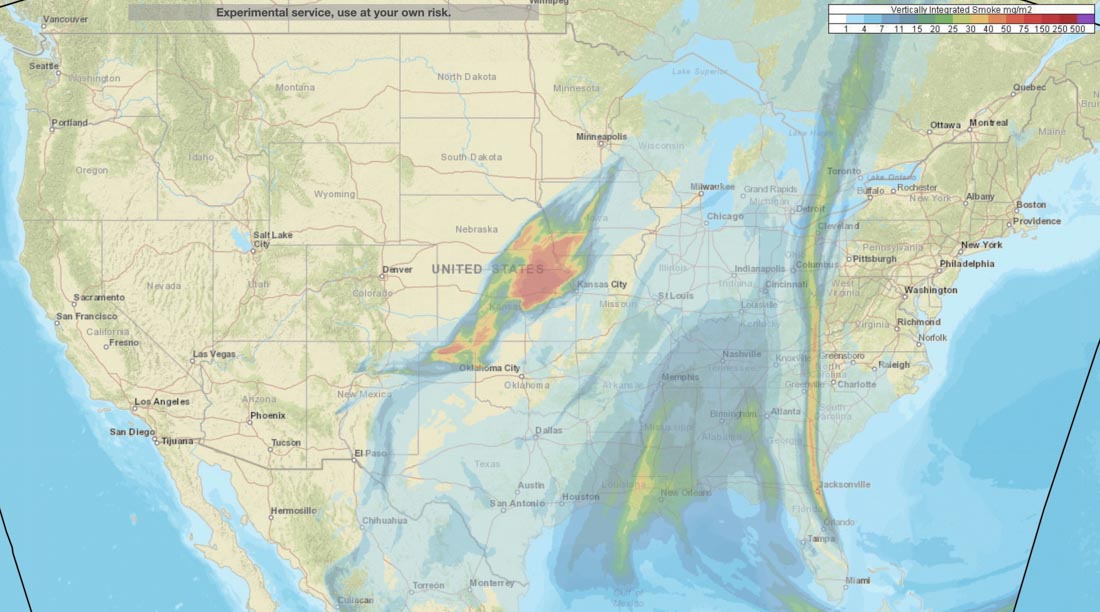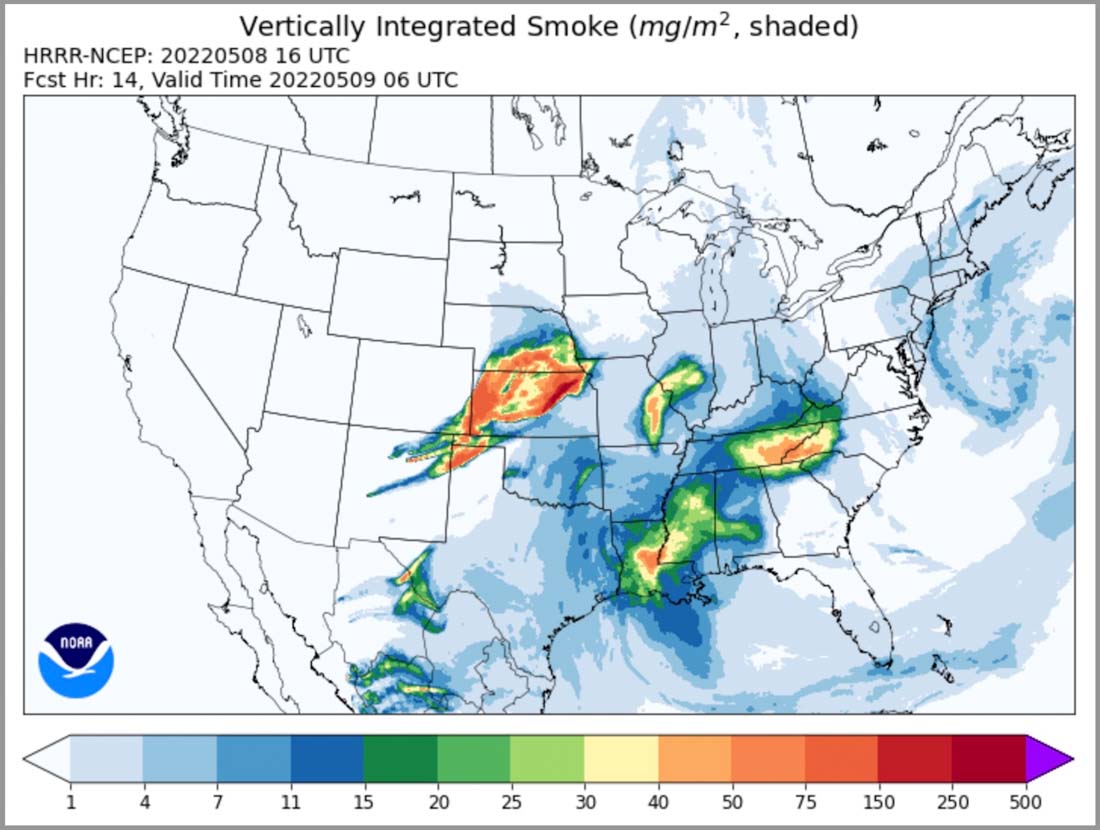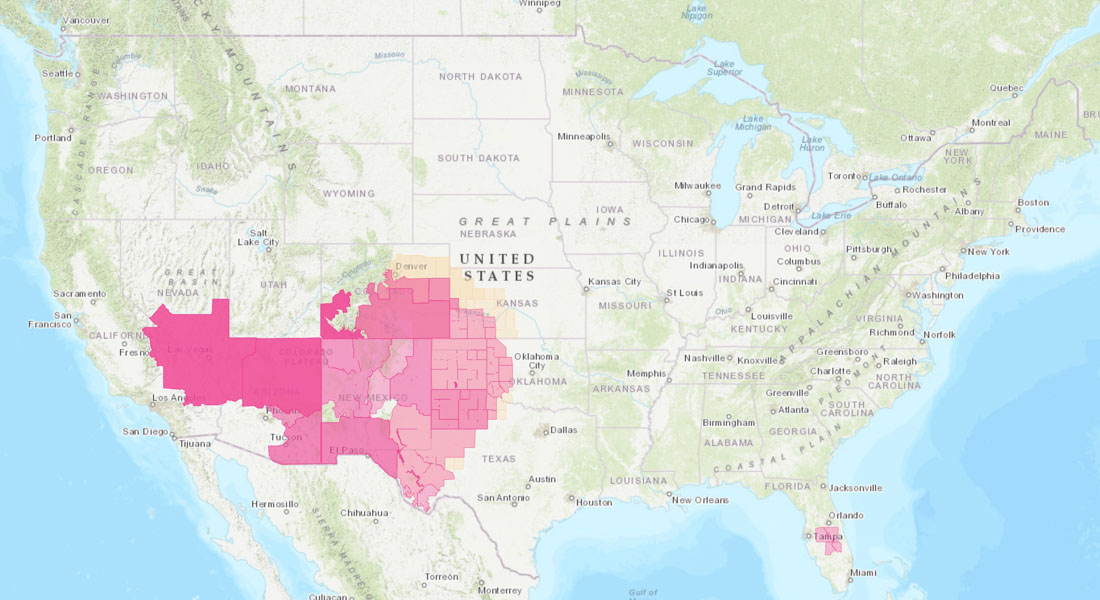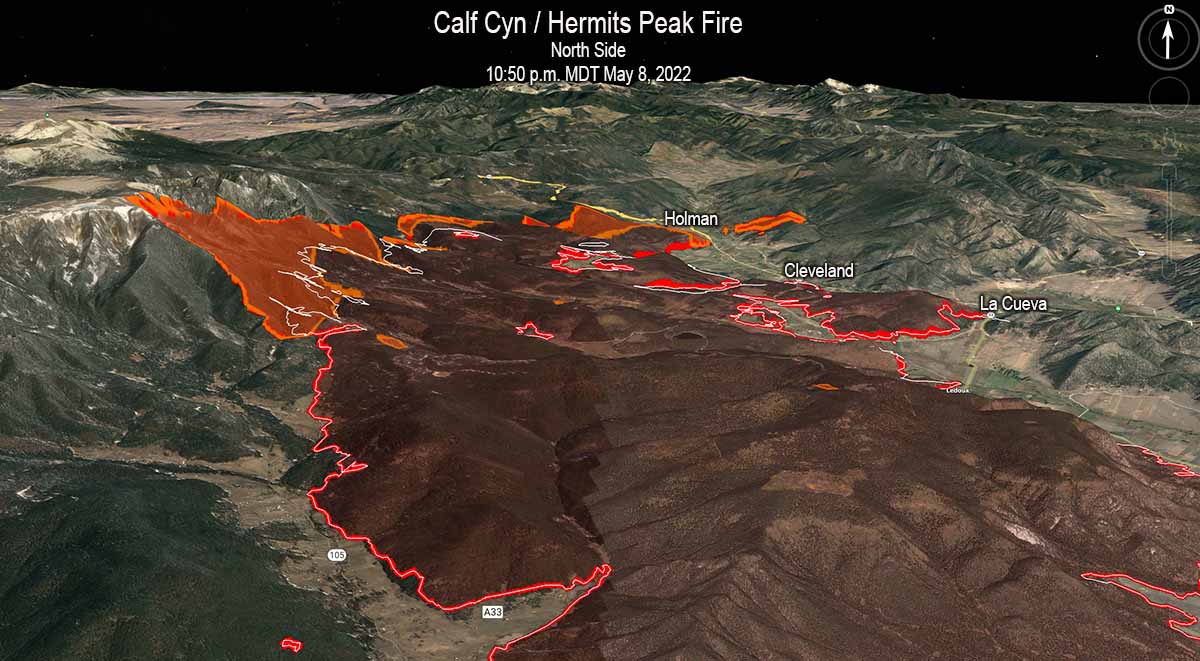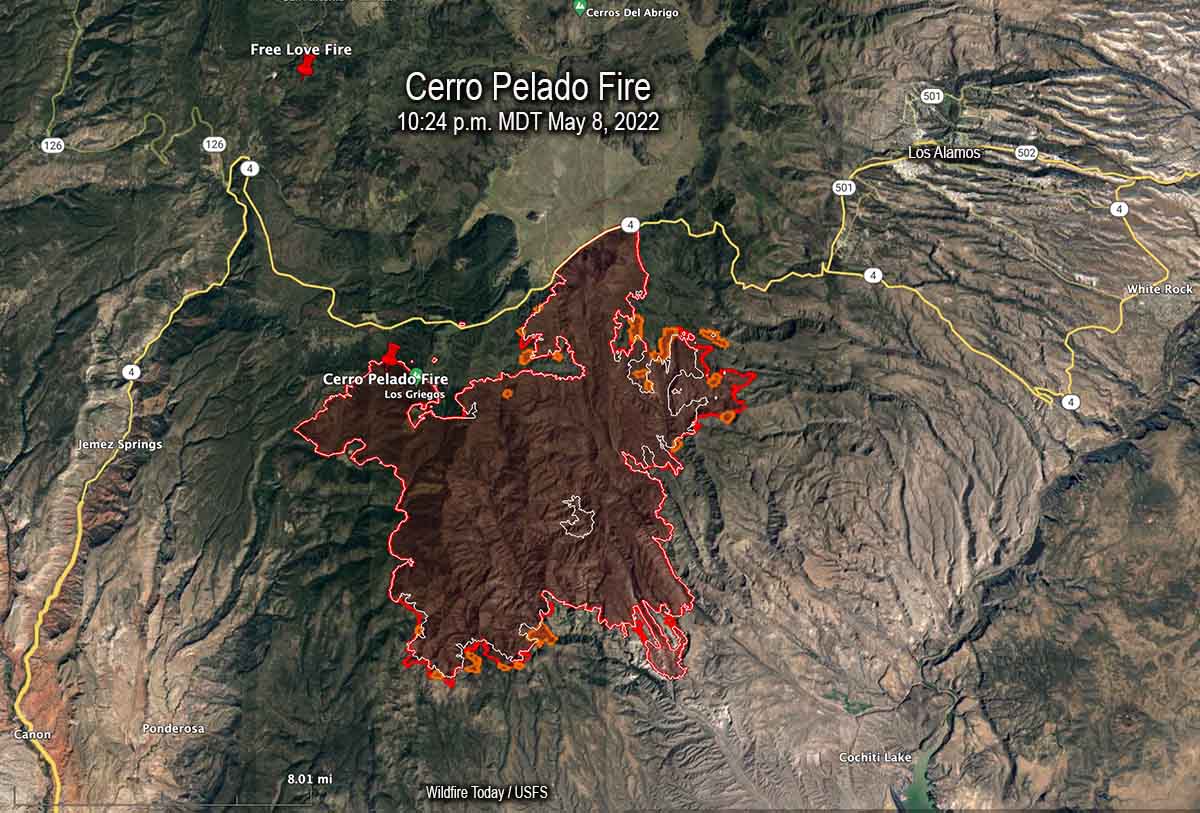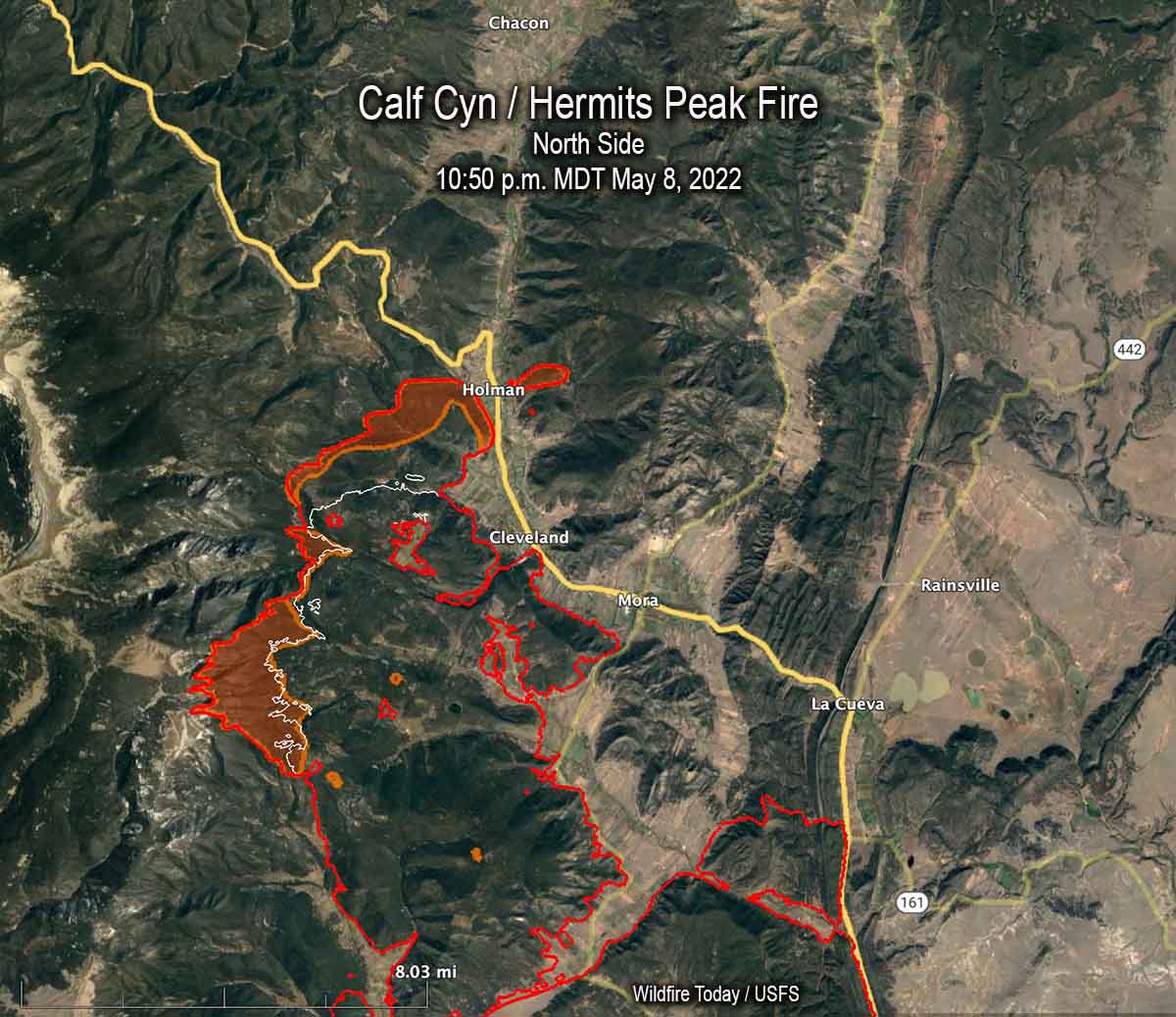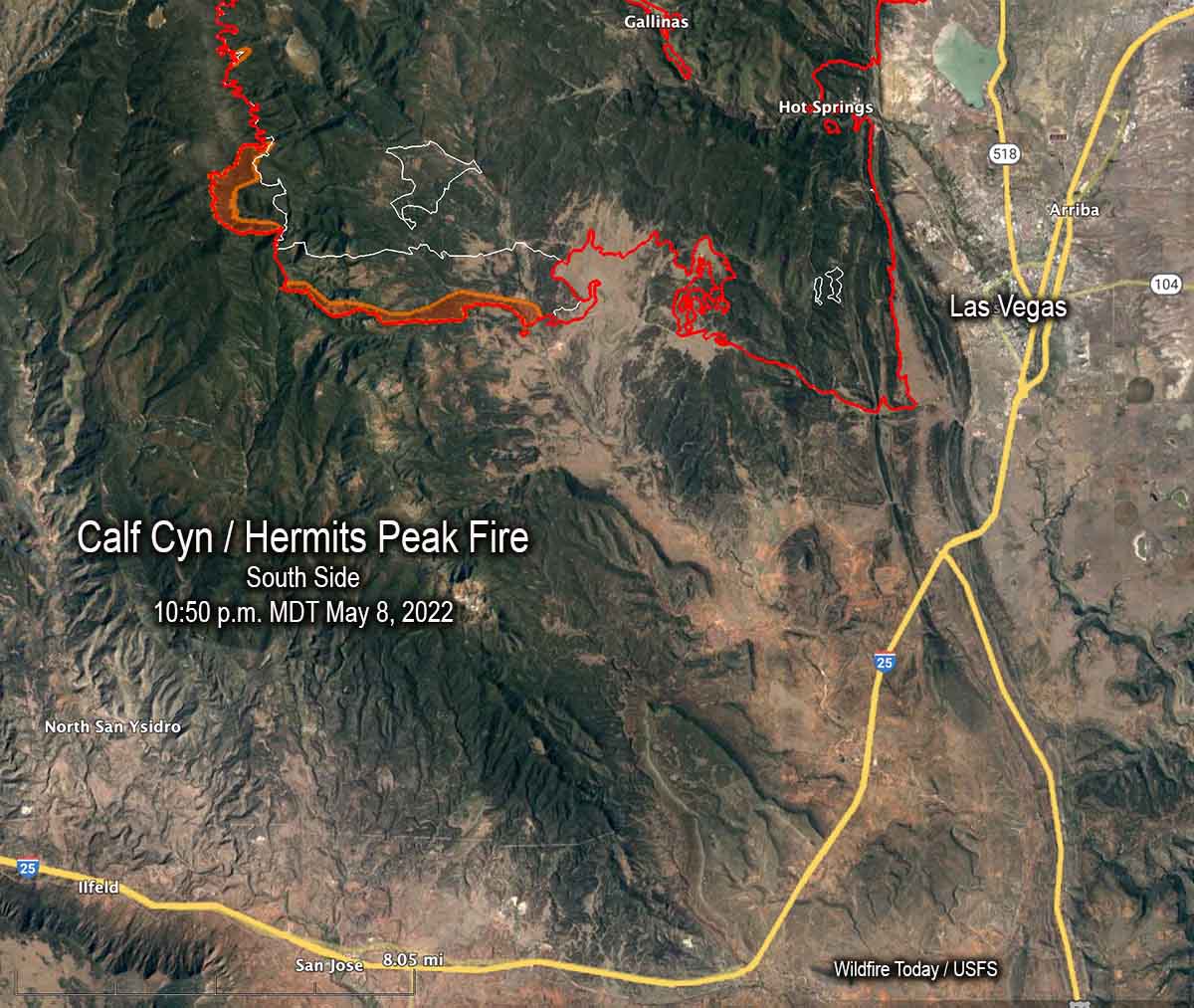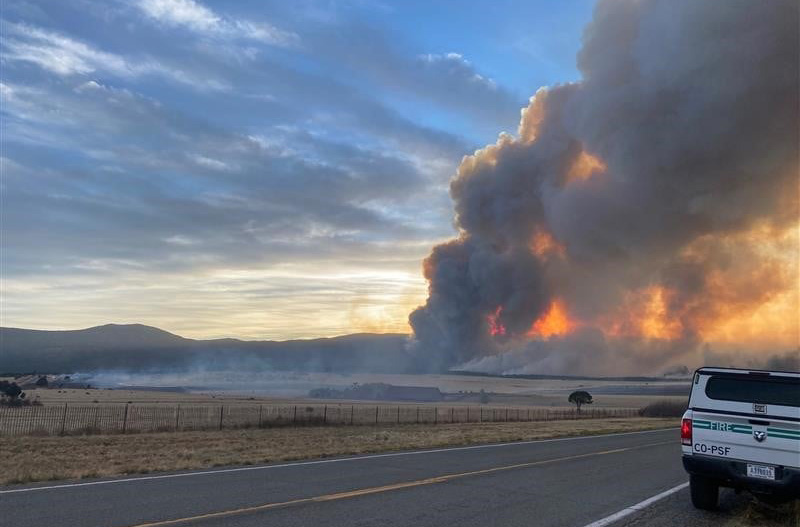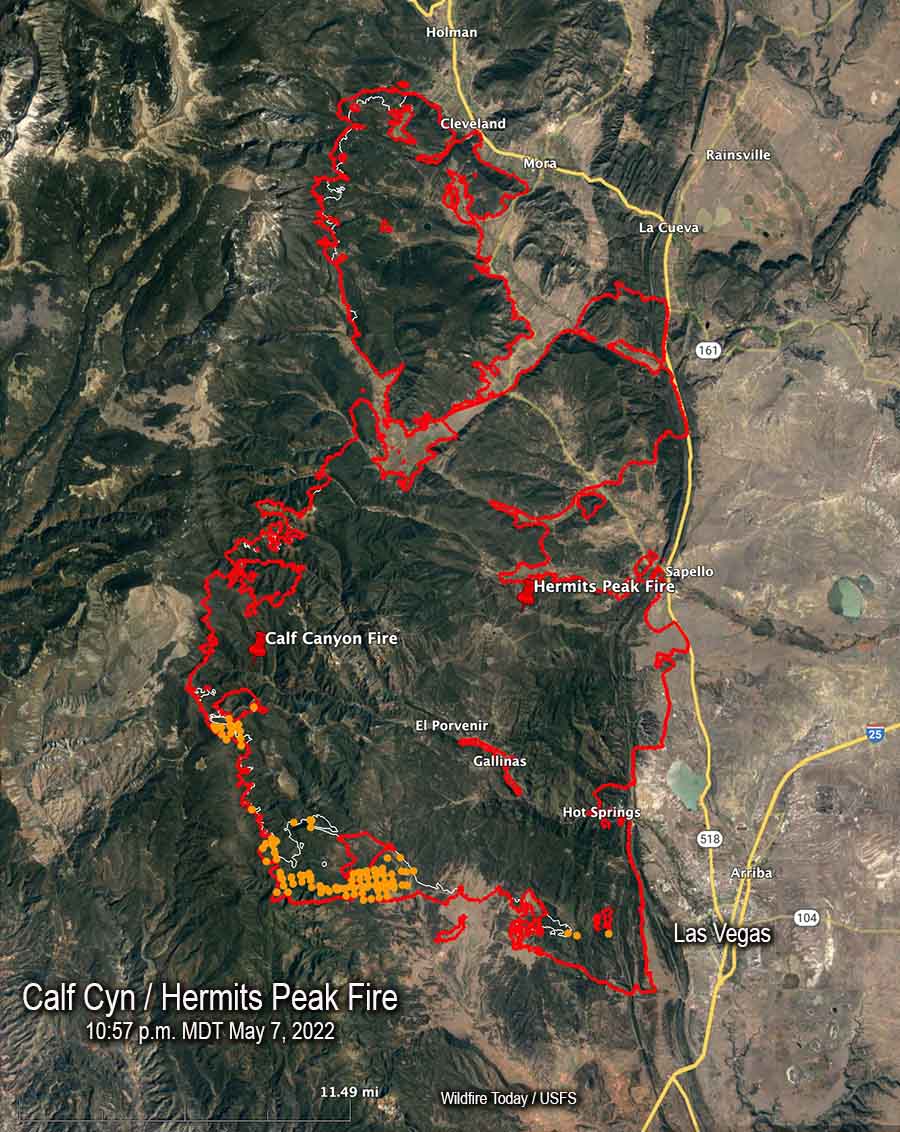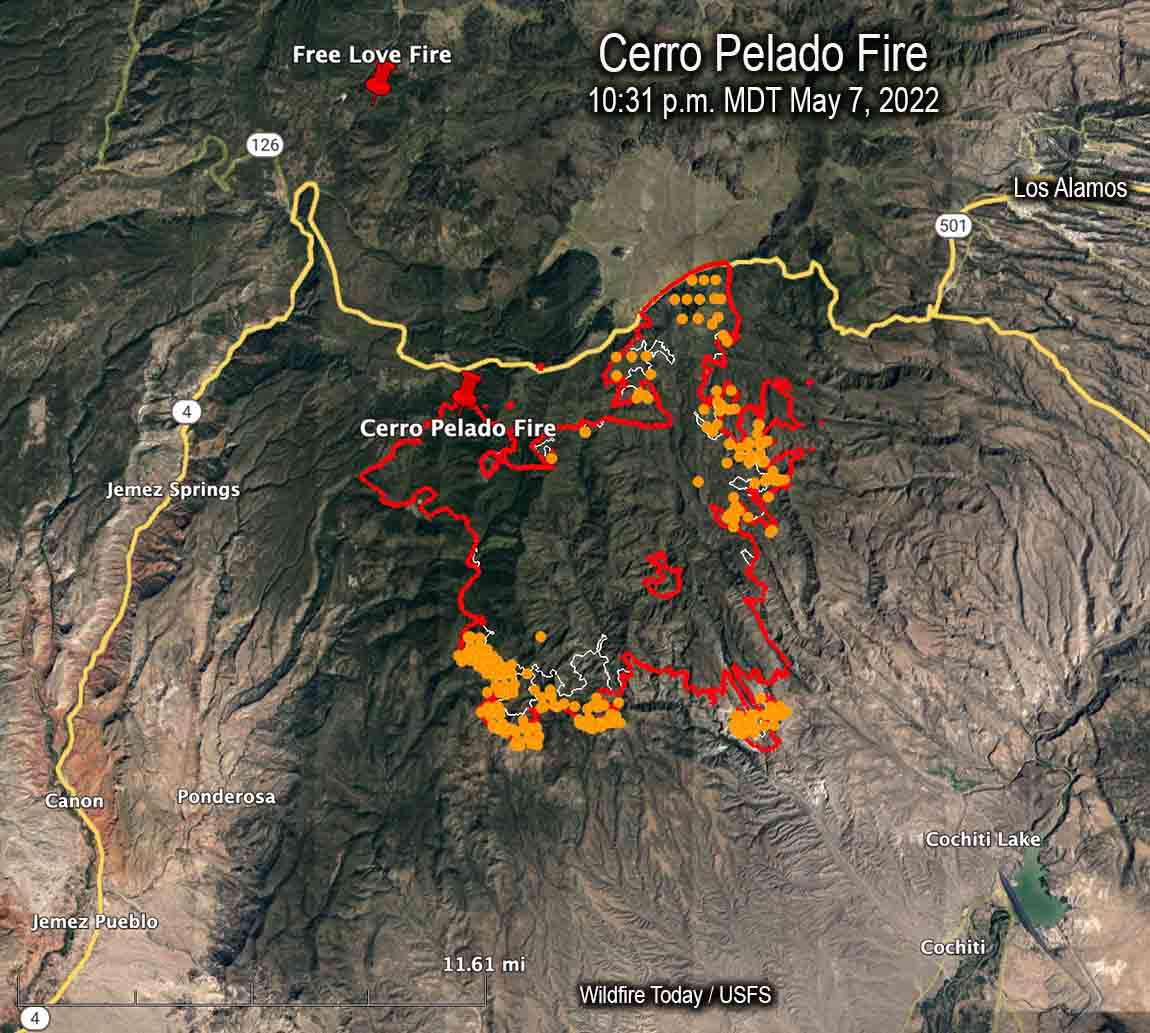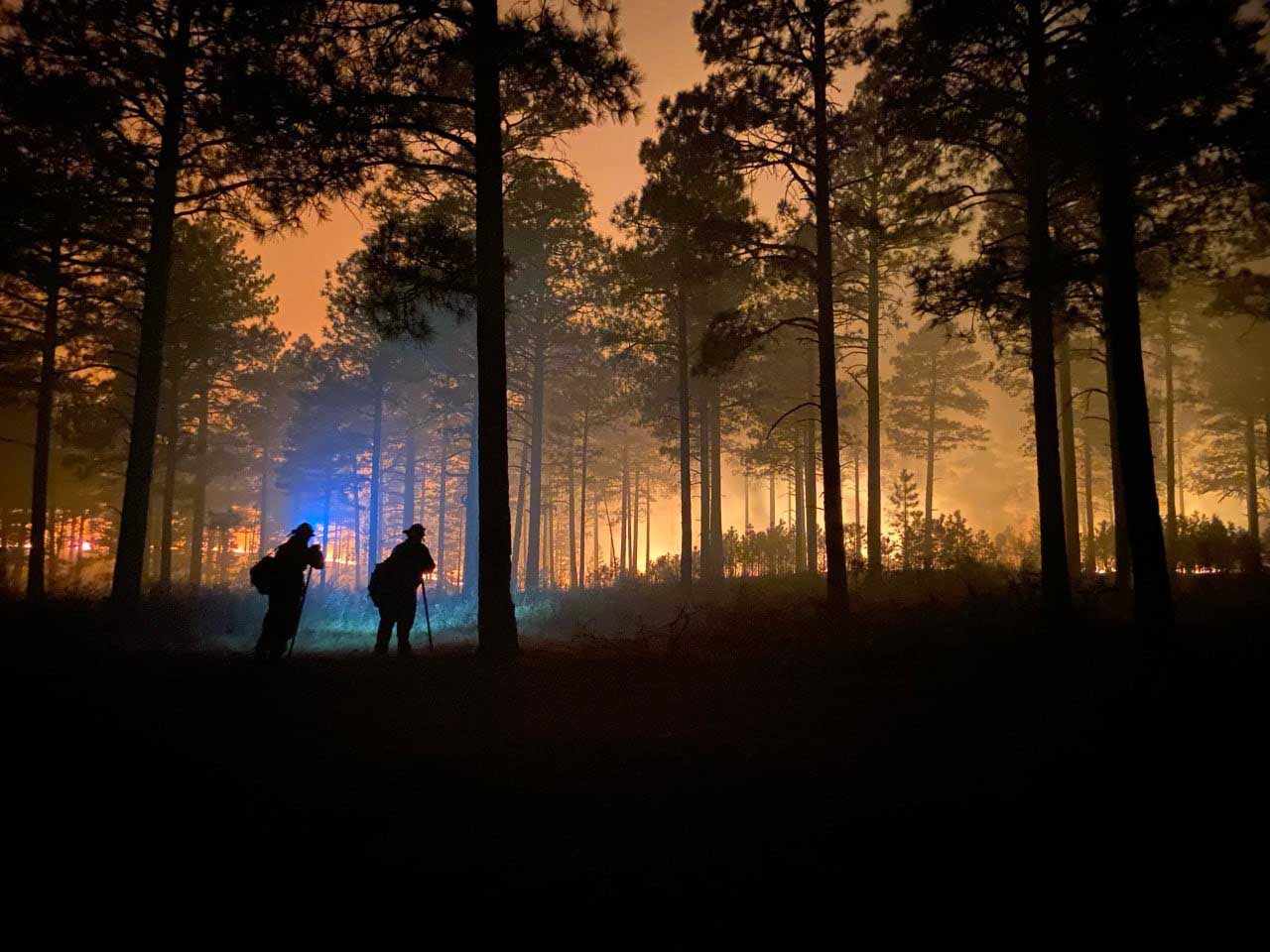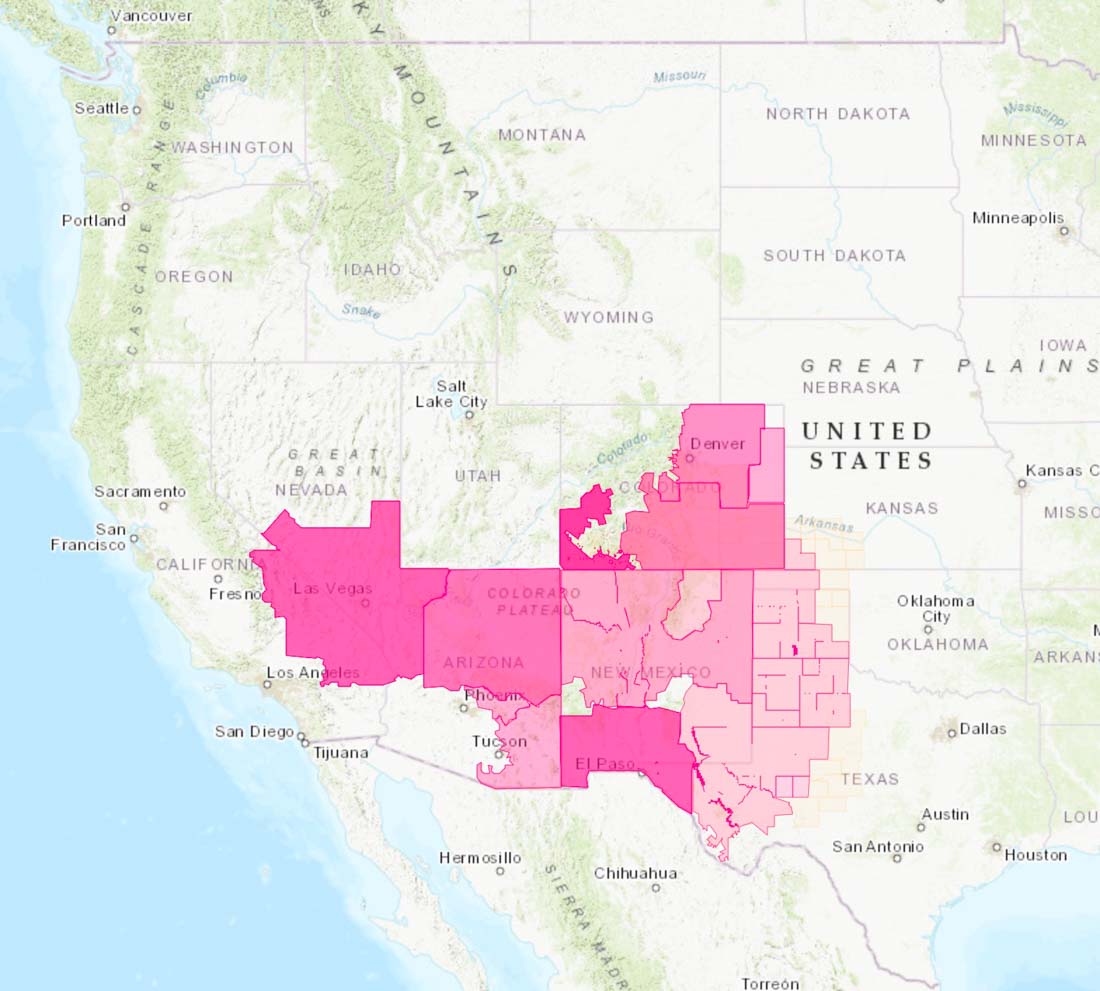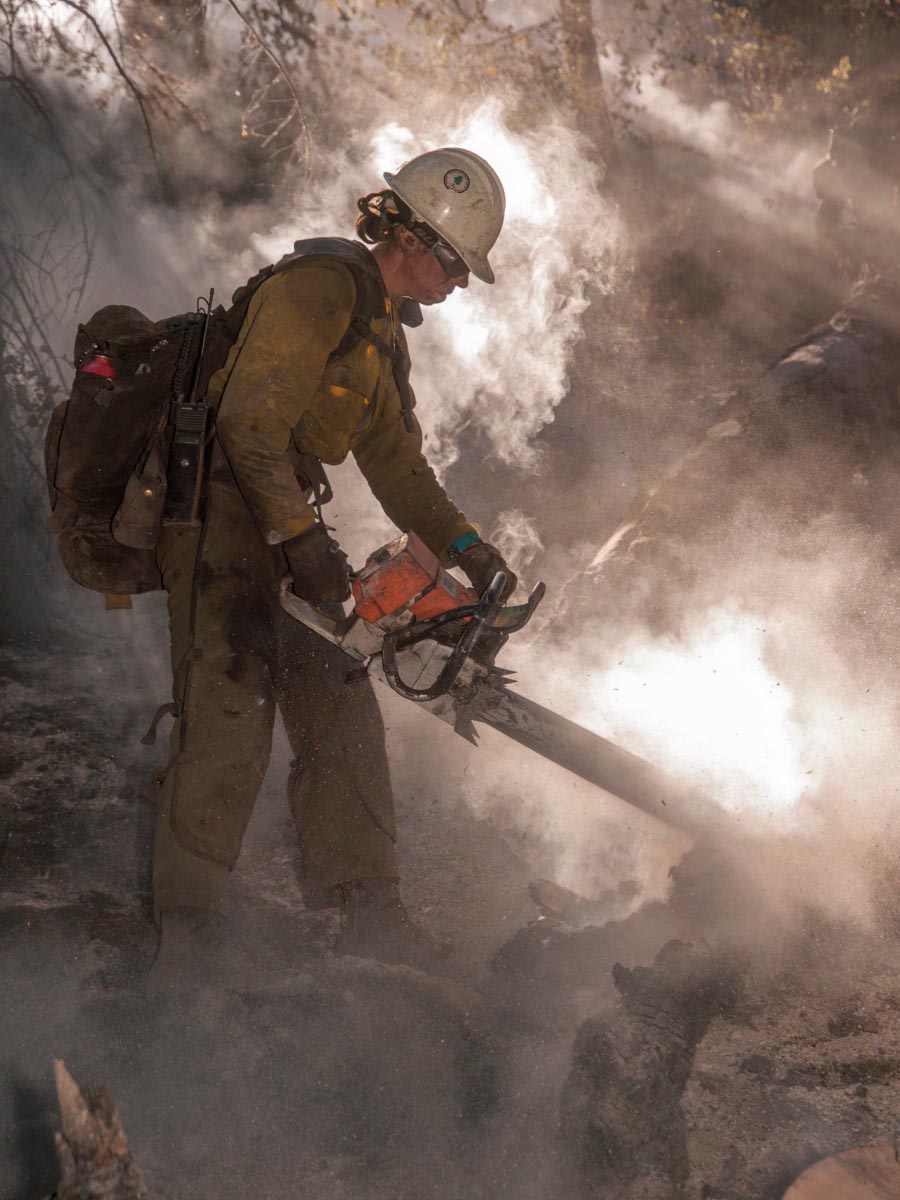
(Editor’s note: this was written by a person who asked to remain anonymous.)
After reading the press release from Jaelith Hall-Rivera, I felt a need to reply. And I want to thank Wildfire Today for running my opinion here.
Jaelith Hall-Rivera is the Deputy Chief of State and Private Forestry, and her boss is the Chief of the US Forest Service, Randy Moore. Jaelith’s department is Fire and Aviation Management, which houses the wildfire programs that firefighters work. There is no excuse for her testimony to differ from her bosses testimony, yet that is exactly what happened. It’s almost as if Jaelith’s press release came out before Chief Moore testified the previous day in front of the Senate Appropriations Committee. While Jaelith assured California representatives that they were on pace to have full staffing in California, just 30 days later Chief Moore testified that California, Oregon and Washington may be 50% staffed, something Oregon Senator Jeff Merkley called, “a scary situation.”
Multiple articles have been published since Jaelith’s testimony on April 5th, pointing out that she falsely painted a rosy picture to legislators when the situation was dire. Read excellent articles about the testimony from NBC News, Thomson Reuters and BuzzFeed, and listen to the audio of an NPR interview with the BuzzFeed reporter.
Watch all the testimonies from April 5th, to April 27th, to May 4th and see how they change.
Jaelith testified on April 5th that their goal for staffing was 11,300 wildland firefighters, stating “and that is an increase.” But looking at a memo from Jaelith last fall, she claims that the USFS provided bonuses to 11,300 wildland firefighters (GS3-9 only) last year. So even if they are at 90% of that now, then that represents a 10% LOSS at minimum. Something is wrong here: either Jaelith lied about the numbers, or the USFS sent bonuses to a lot of people last year that should not have received them. Either way, it doesn’t instill confidence in the Forest Service Management.
There is a lie somewhere, and the misrepresentation to Representative Porter is infuriating for a workforce. Claiming we are on pace to be fully staffed when the spring fire hire event had not even started is misrepresenting the truth, at best. Especially when the same Fire Hire event in 2021 only netted an additional 56 hires. Why would this year be any different when the work environment and pay have continued to devolve?
Finally, Randy Moore decided to do some damage control and admit that although they were at 90% nationally, in some areas such as California, Oregon and Washington, staffing was as low as 50%. Again, that’s a shocking statement, but the numbers still don’t add up.
California makes up about 50% of the USFS firefighting workforce, so if they are near 50%, as well as Oregon and Washington, then how can we realistically be above 60-75% staffing nationally? This is 4th grade math: averages.
As a workforce, we simply want truth and transparency. That’s really the minimum. There can’t be that many FMOs in the USFS. Tell each of them to spend 30 minutes entering in the data from their district so we know exactly what positions are vacant. And make this database public and searchable. This database would take a GS6 a day or two to complete, and another 30-60 minutes for each FMO to fill out. Until this project is completed, we can assume the USFS either has no idea what their staffing level is, or they are lying about it.
I want to offer solutions whenever I offer criticism, so here are a few more:
1. Explain very clearly what the holdup is with the funded infrastructure pay raises, and what your plan is for payments including backpay as stated by law.
2. Explain your goal for what a career ladder looks like, even if it doesn’t become reality. Will we be able to have a living wage? Or should we get out now?
3. Start showing some receipts. Show you care. Why are NFFE and Grassroots Wildland Firefighters lobbying the Secretary of Labor instead of our own agency? Why are senators asking for OWCP reforms instead of our own agency? My friend was seriously injured and the USFS told him to call a charity. Is that acceptable to those in the Washington Office?
4. Rebuild the credibility of the USFS Washington Office by including an average employee (GS5-7) on all planning and workforce related meetings. Allow them to represent the workforce, and to the workforce. This would be a detail assignment
5. Explain exactly how we can increase not only our female participation in the workforce (6% of Fire workforce), but other minorities as well as LGBTQ individuals and what actionable items are happening now to make that happen.
6. Credibility only comes with transparency. Our workforce has never been more united and connected through shared struggle and technology. We have more knowledge of the situation than our predecessors and can see through the misinformation and deceit. We will not sit by idly or submit to threats from the DC office. Accountability, authenticity and transparency are not optional anymore.
I understand that the USFS did not ask for these new reforms in classification and pay, but they are here now, and our workforce needs them. But not just firefighters, the whole USFS workforce needs to be brought into the modern federal workforce that exists seemingly in every other agency.
I am optimistic that better times are ahead, but our leadership needs to show their hand a bit more, and offer some hope and motivation for those of us that are putting our physical and mental health on the line every single day for our employer and our country.



